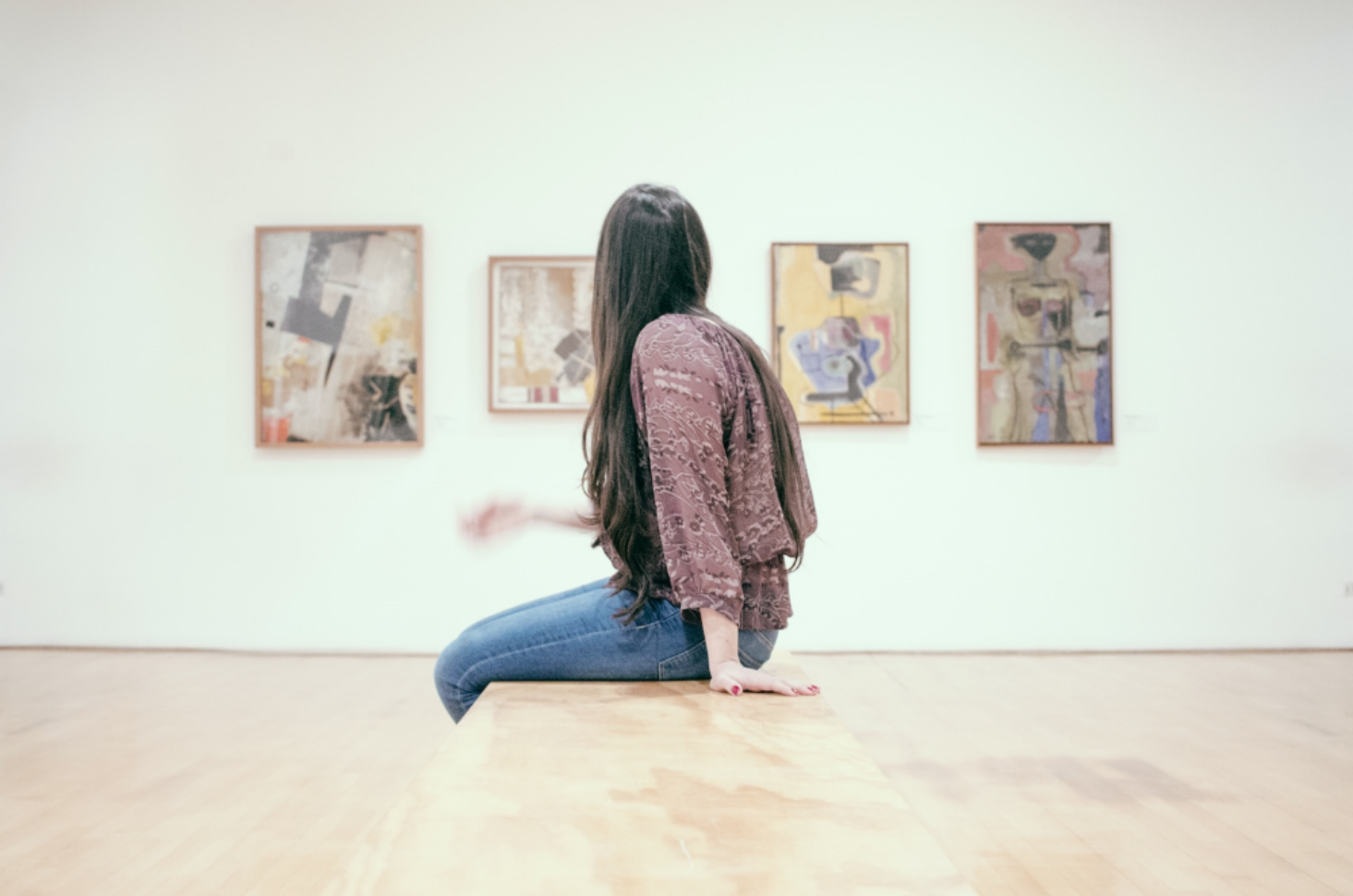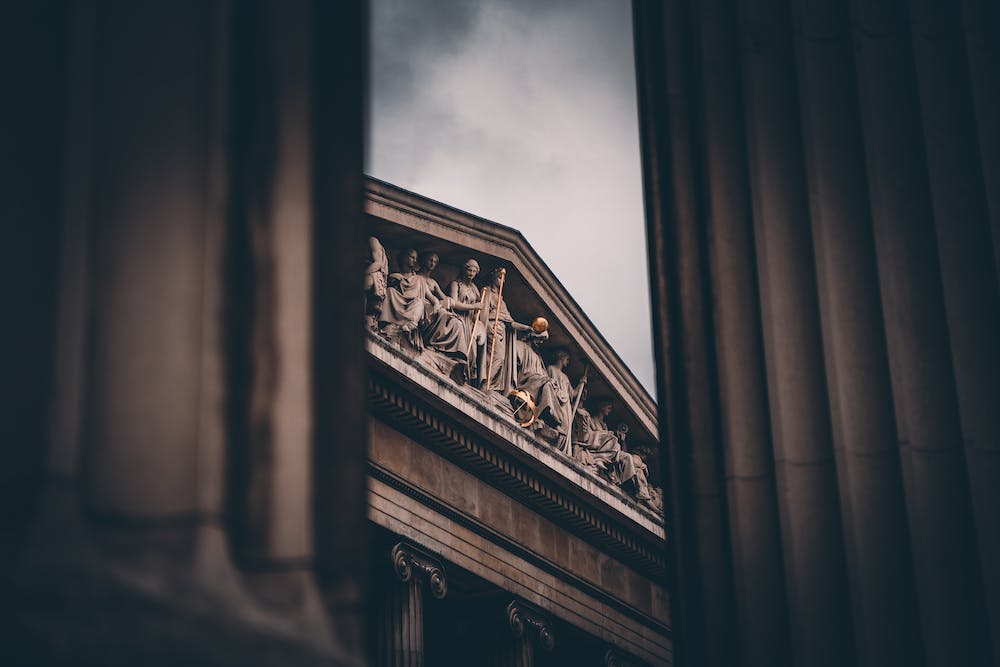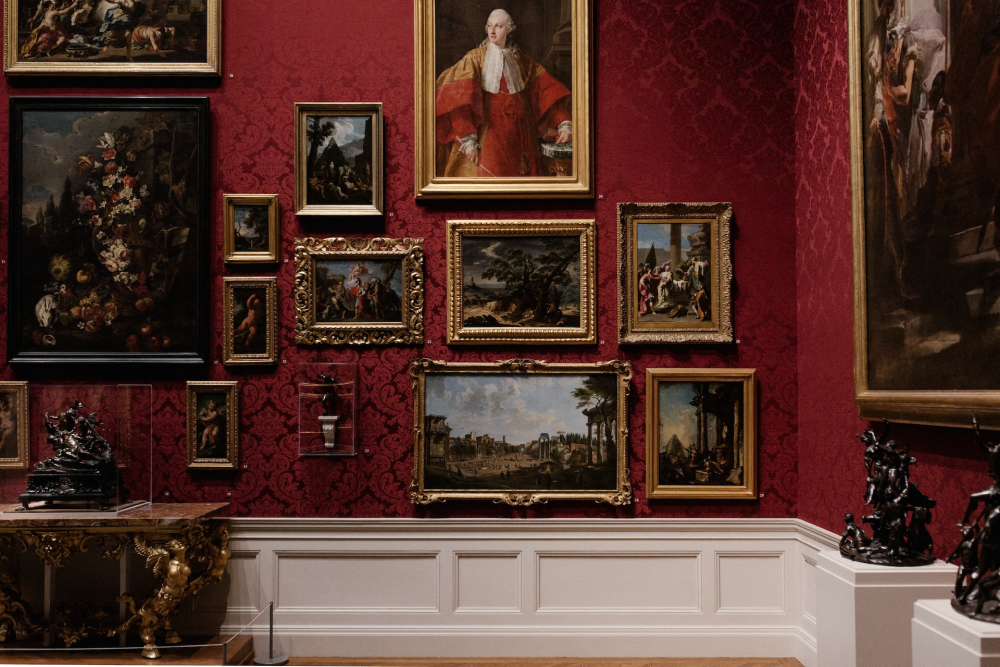
The Top 5 Museums in London for a Cultural Day Out
Museums in London are renowned for their rich cultural offerings, making them ideal destinations for a day filled with exploration and education. They stand as prominent attractions in London, drawing countless visitors each year.
Museums play a vital role in preserving history, promoting education, and fostering cultural understanding. They are crucial for both locals and tourists seeking to delve deeper into the diverse heritage and artistic achievements of a city. By showcasing historical artifacts, art collections, and interactive exhibits, museums offer a unique opportunity to learn and connect with the past, much like the London historic sites that dot the city.
Visiting museums provides numerous benefits. They not only expand our knowledge and understanding of different cultures but also stimulate curiosity, inspire creativity, and encourage critical thinking. Museums are dynamic spaces that bring people together, fostering dialogue and appreciation for the arts and sciences.
Museums contribute to society by preserving historical objects and records, ensuring that future generations can learn from the past. These institutions serve as guardians of our collective heritage, offering insights into the evolution of civilizations and the impact of human accomplishments.
In terms of education, museums provide a valuable and alternative learning environment. They offer educational programs and resources that complement classroom teachings, making complex topics more accessible and engaging. Museums stimulate a hands-on, interactive form of learning that encourages exploration and personal discovery.
Furthermore, museums are instrumental in promoting cultural understanding. By presenting diverse collections and narratives, they foster empathy, respect, and appreciation for different cultures and perspectives. Museums serve as hubs for cultural dialogue, helping to bridge the gaps in understanding and promoting a more inclusive society.
In London, these top museums, alongside other attractions in London and London historic sites, offer exceptional opportunities to explore culture and heritage. With their extensive collections and engaging exhibitions, they provide a platform for learning, inspiration, and a deeper understanding of the world around us. A visit to these museums guarantees a cultural day out that is both educational and enlightening.
The British Museum

The British Museum is a well-known cultural institution in London. It is situated in the Bloomsbury region and houses a vast array of artwork and artifacts from all around the globe. The museum contains more than 8 million works, spanning 2 million years of history.
Visitors have the opportunity to explore exhibitions dedicated to various civilizations and time periods, including Ancient Egypt, Greece and Rome, Asia, Africa, and the Americas. Noteworthy pieces within the collection include the Rosetta Stone, the Elgin Marbles, and the Egyptian mummies.
The museum offers educational programs and events suitable for individuals of all ages, such as guided tours, lectures, and interactive workshops. Its objective is to promote an understanding and appreciation of different civilizations and their impact on the world.
An interesting fact is that the British Museum is the largest indoor public space in the United Kingdom, covering an area of over 92,000 square meters.
The National Gallery
The National Gallery is a prestigious museum in London with a wide-ranging collection of artwork from the 13th to 19th centuries. Here are some notable features that you can expect to encounter:
- Masterpieces: The National Gallery displays renowned paintings by Leonardo da Vinci, Vincent van Gogh, and Johannes Vermeer. These artworks showcase the extraordinary talent of celebrated artists from various periods.
- Diverse Art Styles: The National Gallery offers a diverse array of artistic styles with more than 2,300 paintings on exhibit. From Renaissance classics to Impressionist works, there is something to captivate every art enthusiast.
- Educational Experience: The National Gallery imparts knowledge through lectures, workshops, and guided tours. Visitors have the opportunity to learn about the historical context, techniques, and symbolism behind the artworks, thereby enriching their comprehension and appreciation.
- Free Admission: One appealing aspect of the National Gallery is that the majority of its collection can be viewed free of charge. This ensures accessibility to a broader audience, enabling people from all walks of life to indulge in exceptional art.
- Stunning Architecture: The National Gallery itself is an architectural masterpiece in the neoclassical style. The grandeur of the building serves as a magnificent setting for the exquisite artworks it houses.
When visiting the National Gallery, allocate ample time to explore its extensive collection, immerse yourself in the history of art, and perhaps even participate in enlightening workshops. The National Gallery is a must-see for art enthusiasts and individuals seeking to deepen their cultural understanding.
The Victoria and Albert Museum
The Victoria and Albert Museum, known as the V&A, is a renowned museum in London. It possesses more than 2.3 million objects, establishing its status as the largest museum of decorative arts and design globally.
One notable aspect of the Victoria and Albert Museum is its extensive assemblage of art and design from various cultures and time periods. Ranging from ancient Egyptian artifacts to contemporary fashion, the museum exhibits a diverse array of showcases that exemplify the evolution of human creativity.
Visitors have the opportunity to explore galleries dedicated to sculpture, painting, ceramics, and jewellery at the Victoria and Albert Museum. The museum’s British Galleries demonstrate the progression of design and craftsmanship throughout British history.
Aside from its permanent displays, the museum also features temporary exhibitions that centre around specific themes or artists. These exhibitions provide a chance to delve deeper into different facets of art and design.
The Victoria and Albert Museum offers interactive activities and workshops for families and children to engage with the exhibits and learn through hands-on experiences.
Established in 1852, the V&A possesses a rich history as a museum committed to promoting excellence in design. It continues to inspire and educate visitors by celebrating the beauty and innovation of art and design worldwide.
If you find yourself in London and seeking a cultural outing, the Victoria and Albert Museum should undoubtedly be on your must-visit list. With its extensive collection and dedication to showcasing the best of human creativity, it offers a captivating and enriching experience for all.
The Natural History Museum
In London, there is a must-visit attraction for nature enthusiasts and history buffs. This museum houses a vast collection of specimens and exhibits that showcase the diversity and marvels of the natural world. Visitors can explore the museum and gain a deeper understanding of our planet’s past and present.
The Natural History Museum offers an immersive experience through interactive displays and educational programmes. Visitors can marvel at dinosaur skeletons, including the famous Diplodocus, which stands tall in the central hall. The museum also has a comprehensive collection of minerals and gemstones, providing insight into Earth’s geological wonders.
One highlight of the Natural History Museum is the Wildlife Garden, which provides a natural habitat for plants and animals. Visitors can stroll through the garden and observe species of birds, insects, and plants, enhancing their understanding of biodiversity.
The museum’s commitment to conservation is evident through ongoing research and efforts to protect endangered species and ecosystems. By visiting the Natural History Museum, visitors expand their knowledge and contribute to the preservation of our natural heritage.
Whether interested in paleontology, geology, or wildlife, the Natural History Museum has something for everyone. It offers a unique opportunity to explore the marvels of the natural world and cultivate a deeper appreciation for our environment. So, make sure to visit the Natural History Museum and embark on a fascinating journey through time and nature.
The Tate Modern
The Tate Modern is a renowned art gallery in London. It boasts an extensive assortment of artworks created by various artists and spanning different periods.
Visitors have the opportunity to discover a wide range of exhibitions and installations at the Tate Modern. The museum proudly displays pieces by renowned artists such as Picasso, Warhol, and Hockney.
One of the main highlights is the iconic Turbine Hall, which showcases ever-changing, large-scale installations. These installations provide visitors with a unique and immersive experience.
The museum also offers educational programmes and workshops suitable for individuals of all ages and skill levels, from beginners to art enthusiasts.
A visit to the Tate Modern presents a fantastic opportunity to deepen one’s understanding of contemporary art. The museum’s collection showcases a diverse array of artistic styles and techniques. This exposure can greatly enhance your artistic proficiency and expand your horizons.
Whether you are an avid art enthusiast or hold a passing interest, the Tate Modern is a must-visit museum in London. It offers a rewarding and culturally immersive experience that will leave a lasting impression. Do not miss the chance to explore the captivating world of contemporary art at the Tate Modern.
Why Are Museums in London Important for Culture and Education?
Museums play a crucial role in conserving history, fostering learning, and promoting cultural understanding, thereby making them vital for culture and education. These institutions bring historical events to life and offer valuable insights into different cultures and societies through their exhibits and collections.
First and foremost, museums serve as preservers of significant historical and cultural artifacts and artworks, allowing people to connect with the past and appreciate their cultural heritage. A prime example is the British Museum in London, renowned for its extensive collection of artifacts from around the world. Visitors can explore diverse cultures and civilizations through this remarkable institution.
Museums provide educational opportunities for individuals of all ages by offering programs, workshops, and guided tours that enrich knowledge and facilitate learning. Students can deepen their understanding of academic subjects by directly observing artifacts. An excellent illustration of this is the Natural History Museum in London, which presents interactive exhibits and educational programs on evolution and ecology.
Museums promote cultural understanding by showcasing a diverse range of human experiences. They celebrate artistic styles, traditions, and cultural practices, thereby allowing visitors to broaden their perspectives and develop a greater appreciation for cultural diversity and inclusivity.
Museums contribute to the local economy by attracting tourists and creating employment opportunities. The revenue generated from ticket sales and merchandise supports the maintenance and development of their collections.
What Are the Benefits of Visiting Museums in London?
Visiting museums provides numerous advantages, enhancing one’s knowledge and understanding of art, history, and culture. Here are the advantages:
1. Educational opportunities: Museums offer educational experiences for people of all ages. Visitors can learn about different historical periods, explore diverse cultures, and comprehend significant events.
2. Cultural enrichment: Museums exhibit artistic masterpieces, ancient artifacts, and cultural treasures. By visiting museums, individuals can immerse themselves in the beauty of various cultures, broadening their perspectives and cultivating an appreciation for human creativity.
3. Inspiration and creativity: Museums inspire visitors by showcasing the works of talented artists and innovators. Witnessing extraordinary creations can ignite new ideas, motivate personal creativity, and encourage individuals to explore their artistic potential.
4. Preservation of heritage: Museums preserve and safeguard the history and heritage of societies. They serve as repositories for artifacts, documents, and artworks, ensuring their protection for future generations.
5. Social and emotional well-being: Museum visits provide opportunities for social interaction and shared experiences. Engaging with others who share similar interests can foster a sense of community and belonging, promoting social well-being.
6. Stimulating curiosity and critical thinking: Museums encourage visitors to think critically, analyze information, and form their own opinions. Engaging with exhibits and displays stimulates intellectual curiosity and helps develop analytical skills.
7. Exposure to diversity: Museums feature exhibits that highlight the diversity of cultures and perspectives. By visiting museums, individuals can gain a deeper understanding and respect for the richness and diversity of the world.
8. Accessibility for all: Museums strive to be inclusive spaces, ensuring access for individuals from all backgrounds and abilities. They offer educational programs, exhibitions, and resources designed to cater to diverse audiences.
Visiting museums can be a transformative experience, broadening horizons and fostering a lifelong love of learning. So, the next time you have the opportunity, make sure to explore the captivating world of museums and enjoy the advantages they offer.
What Is the Role of Museums in London in Preserving History?

Museums play a crucial role in preserving history. They fulfill this role through the collection, protection, and exhibition of artefacts, artworks, and documents of historical importance. By curating exhibitions that provide insights into different periods, cultures, and events, museums offer opportunities for learning and comprehending the past.
They collaborate with historians, researchers, and academics to conduct extensive research on their collections, ensuring accurate and detailed information is available to visitors.
In order to safeguard fragile artefacts and artworks, museums employ preservation techniques and technologies. This commitment to preservation not only ensures the enduring existence of these historical objects but also facilitates their study and appreciation. From ancient manuscripts to archaeological finds and cultural objects, museums diligently preserve and display these artifacts, establishing a tangible connection to history.
Museums do more than just preserve objects. They also act as custodians of collective memory. Alongside the significant objects, museums also preserve the stories and narratives associated with them. By providing a physical space for engagement with history, museums create an immersive experience that fosters a deeper understanding and appreciation of the past.
In this way, museums serve as important institutions that maintain our collective history and promote a sense of cultural heritage.





